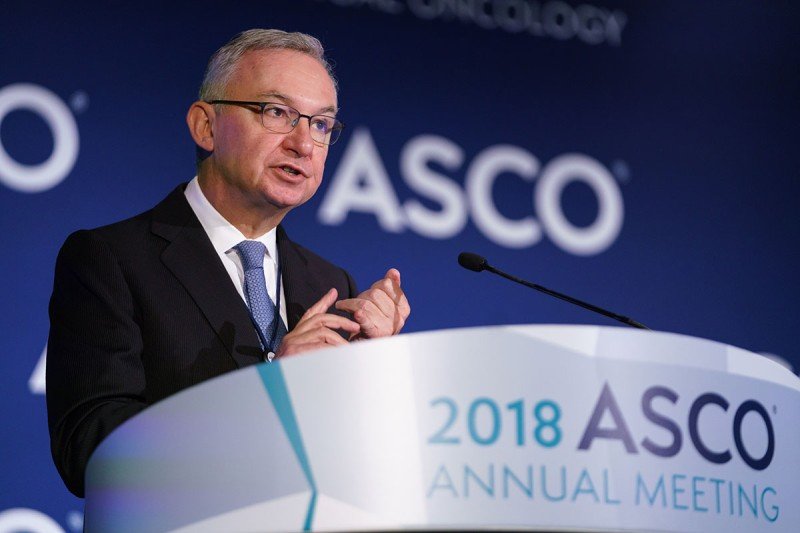
One of the most inviting targets for breast cancer drugs is a protein called PI3 kinase (PI3K). PI3K is part of a signaling pathway — a group of molecules that work together — that normally regulates cell growth. When PI3K is mutated, it can lead to uncontrolled growth and fuel cancer.
The target is conspicuous. About 40% percent of estrogen receptor (ER)–positive breast cancers contain a mutated form of PI3K. ER-positive breast cancers are the most common type of the disease and are often treated with hormone therapy. Researchers have suspected that these mutations play a critical role in the development of resistance to hormone therapy.
Strategies for how to combat this resistance involved using drug combinations that block both the PI3K and ER pathways. But early drugs targeting PI3K have not worked as well as hoped. Researchers were becoming frustrated that this approach was not producing more meaningful benefits for people with breast cancer.
Now data from a phase III clinical trial reported today at the annual meeting of the American Society of Clinical Oncology (ASCO) provide strong evidence that targeting PI3K can slow cancer progression.
The trial, led by José Baselga, Memorial Sloan Kettering’s Physician-in-Chief, combined hormone therapy with an investigational drug called taselisib, which inhibits the PI3K pathway. The combination treatment halted the growth of advanced breast cancer for two months longer than hormone therapy alone. It also decreased the chance of the cancer worsening by 30 percent.
“This is proof that targeting the PI3K pathway has an effect in breast cancer and that there are patients who will benefit. To me that is incredibly exciting,” Dr. Baselga says. “About 25% of all patients with advanced breast cancer have a PI3K mutation, which means they could benefit from taselisib or similar drugs that target this pathway.”
At the same time, he cautions, the benefit to patients was more modest than the researchers had hoped. In addition, there is a risk of considerable side effects with taselisib. Researchers are already working on finding a drug more selective than taselisib to reduce toxicity.
A Selective, Potent PI3K Inhibitor
Taselisib is the first drug that specifically blocks the version of the PI3K protein that is mutated in ER-positive breast cancers, called PI3K alpha. It already has shown potential in early clinical trials of people with head and neck and certain gynecologic cancers.
The clinical trial presented at ASCO was the first and largest phase III trial of taselisib. It enrolled 516 women with advanced breast cancer (ER-positive, HER2-negative) whose disease had worsened or recurred despite initial hormone therapy. Women were randomly assigned to receive the hormone drug fulvestrant plus a placebo, or fulvestrant plus taselisib.
Those who received the fulvestrant-taselisib combination had a 30% lower chance of their cancer worsening than the fulvestrant-placebo group. The fulvestrant-taselisib combination also delayed the cancer’s progression by a median of two months. In addition, the percentage of people who had their tumors shrink more than doubled (28% vs. 11.9%) when taselisib was included. The data on whether the taselisib combination affects overall survival is not yet available.
The treatment approach could potentially impact many people with breast cancer. Approximately 70% of all breast cancers are ER-positive. Many women with this form of the disease can be successfully treated with surgery or other treatments. If the disease comes back, however, it’s generally widespread and resistant to hormone therapy.
Pathway Crosstalk
Recent research has shown that the PI3K pathway and the ER pathway interact and complement each other. Last year, for example, a team led by Dr. Baselga reported that inhibiting the PI3K pathway causes tumors to activate the ER pathway to start growing again.
“We’ve long known breast cancer is very plastic — you block one pathway, it adapts by activating another,” Dr. Baselga says.
He and colleagues are working to better understand the crosstalk between the two pathways to develop better PI3K-targeted therapies.
“This is unquestionably a positive study and it has potential benefit for many breast cancer patients,” Dr. Baselga says. “But we need to find ways to diminish the side effects, so there’s further work to do.”



